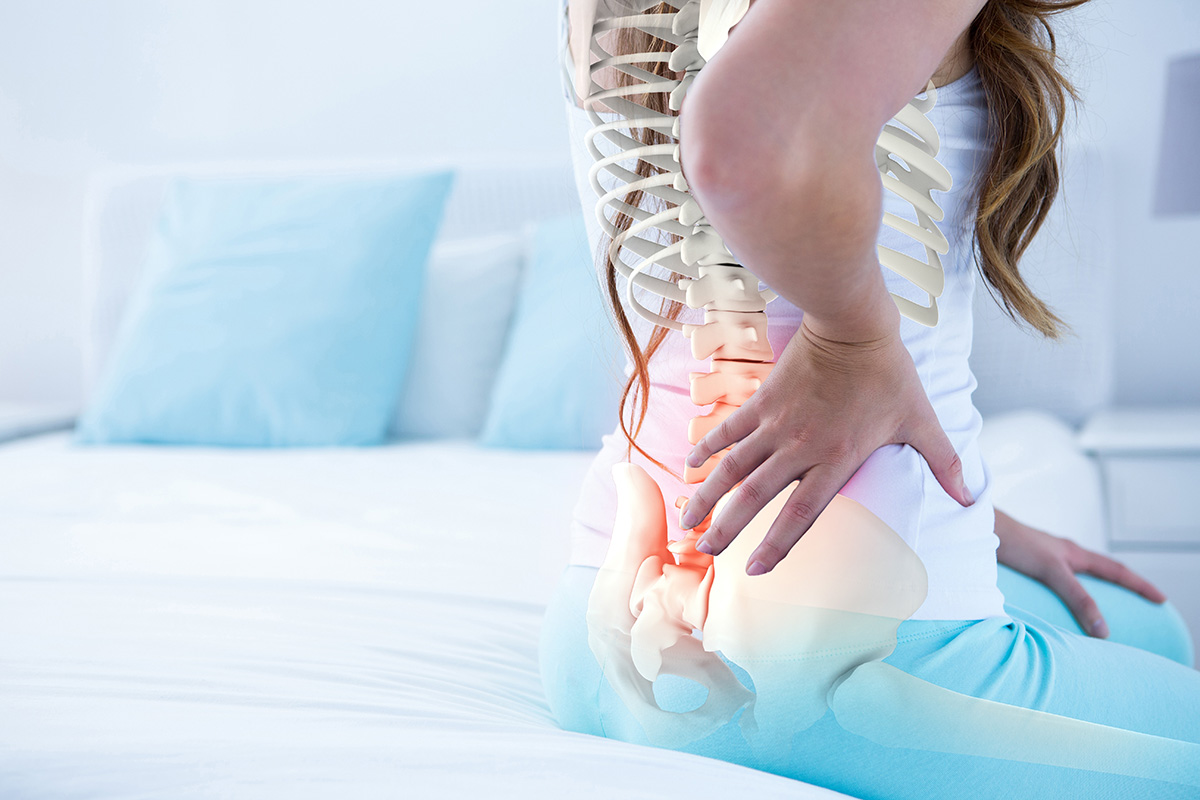
Spinal Cord Stimulation (SCS) Therapy
A spinal cord stimulator is a surgical procedure that involves implanting a device to reduce the body’s perception of pain and discomfort by sending low levels of electricity directly into the spinal column to relieve pain. Spinal cord stimulation implanted devices are typically used to treat chronic pain derived from spinal cord injuries and deterioration. A spinal cord stimulator implant typically involves 2 separate minimally invasive surgeries. The first surgery is a temporary trial period to ensure that an implant delivers the desired results while the second surgery installs your permanent device.
The Trial Period
During the first surgery your surgeon will carefully insert wire electrodes in the epidural space of your spine. The location and placement of these electrodes can vary from patient to patient so your surgeon may ask for your feedback during the procedure to best position the electrodes to maximize its effectiveness. This trial procedure typically requires only one small incision in your lower back to place the electrodes. During this trial period, the battery or generator remains outside the body, typically on a belt, you’ll wear around your waist.
For the next week or so, you and your doctor will evaluate how well the device reduces your pain. If the trial is considered a success, a second surgery can be scheduled to permanently install a spinal cord stimulation device. The effectiveness of the trial is determined by how much of a reduction of pain the patient experiences. Patients that experience a 50% or greater reduction in pain level become prime candidates for permanent implantation. If the trial is unsuccessful, the wires can easily be removed in the clinic without damage to the spinal cord or nerves.
Permanent Implantation
A spinal cord stimulator implant consists of thin electrodes and a small, pacemaker-like generator. The electrodes are gently placed between the spinal cord and the vertebrae, while the generator is placed under the skin, usually near the buttocks or abdomen. Spinal cord stimulators allow patients to send the electrical impulses using a remote control when they feel pain. The remote control and its antenna are outside the body and activated by the patient.
Recovery
Being a minimally invasive procedure, most patients are allowed to go home the same day once the anesthesia has worn off. For several days after the surgery, your incisions may be tender and painful. During this period patients are encouraged to avoid engaging in any activity which could pull at the incisions including bending, twisting or stretching. Dressings are placed over the incision sites, which can be removed after about 3 days. In most cases, incisions heal within about 2-4 weeks after surgery.
Restrictions
As with any surgical implant there are certain restrictions to be mindful of:
- X-rays and CT scans are generally safe as long as your device is powered off but you should still notify your doctor and the technician taking the scan beforehand to make sure.
- MRIs are not always safe for those with spinal cord stimulation implants. Newer devices can be compatible with certain MRI machine models and scan locations, but your doctor will need to evaluate the specifics of your stimulator first. MRIs can cause serious injury if they are not compatible with your implant.
- Chances are your implant will set off airport security checkpoints but your doctor should give you an identification card to present to the appropriate personnel to bypass the machine.
- If you are driving or operating heavy machinery your device should be powered off.
Why Spinal Cord Stimulation Therapy?
Having a spinal cord stimulation device implanted can improve overall quality of life and reduce the need for pain medicines. Spinal cord stimulation is used most after traditional nonsurgical pain treatment options have failed to provide sufficient relief.
William Capicotto MD & Spinal Cord Stimulation
If you suffer from chronic pain, take back your life and call the office of William Capicotto today to discuss your treatment options at (716) 881-0382. For over 25 years our caring, compassionate, and knowledgeable staff has been treating patients with neck and back injuries. Our goal is to restore your mobility and get you back to your normal life.



